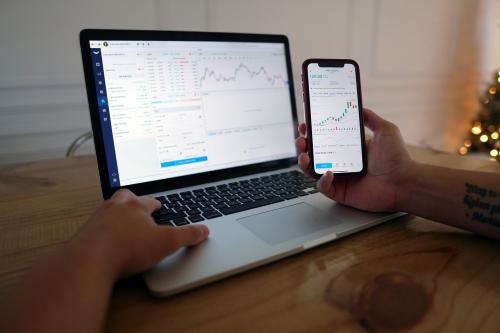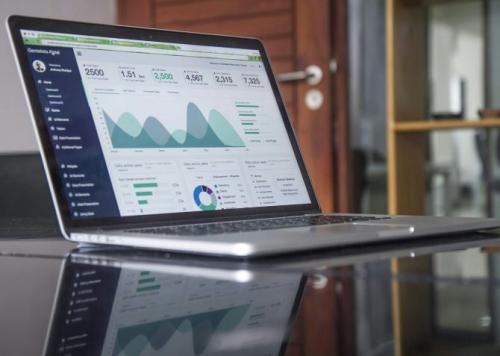There has been a growing interest in initial public offerings.
Not since Lady Gaga’s arrival at the Oscars have heads turned so quickly as they did with the preliminary S1 filing for the hotly anticipated Groupon IPO hitting the street on Thursday.
The fast-growing Chicago-based local bargain e-commerce site indicated it intends to raise a maximum of $750 million through the stock offering, according to its filing with the SEC. Morgan Stanley, Goldman, Sachs and Credit Suisse will be the joint book-running managers for the Groupon offering.
Groupon follows the hugely sought-after LinkedIn IPO two weeks ago. The two social media companies have added excitement to an otherwise lackluster IPO market. When LinkedIn (NYSE:LNKD) shares began trading in May, they opened at $45 per share and more than doubled in the first day of trading, pushing the company’s valuation over $9 billion and netting its founders an estimated $202 million in the offering. Last year, the company reported $243 million in revenue and $15.4 million in earnings. Observers expect Groupon’s IPO to have similar success.
Groupon’s preliminary filing has not indicated pricing or dilution, so the valuation will be closely watched. The company, which will trade under the ticker GRPN, has experienced explosive growth, posting $713 million in revenue in 2010, up from $94 million in 2008. This year, it has nearly equaled its entire revenue output from last year, posting $645 million in the first quarter alone. However, as revenue has grown so have the losses: Groupon lost $413 million in 2010, $114 million in Q1 of 2011.
In a letter to prospective shareholders in the S1, CEO and founder Andrew Mason laid out his views on measuring the company’s value:
We spend a lot of money acquiring new subscribers because we can measure the return and believe in the long-term value of the marketplace we're creating. In the past, we've made investments in growth that turned a healthy forecasted quarterly profit into a sizable loss. When we see opportunities to invest in long-term growth, expect that we will pursue them regardless of certain short-term consequences.
We don't measure ourselves in conventional ways.
There are three main financial metrics that we track closely. First, we track gross profit, which we believe is the best proxy for the value we're creating. Second, we measure free cash flow—there is no better metric for long-term financial stability. Finally, we use a third metric to measure our financial performance—Adjusted Consolidated Segment Operating Income, or Adjusted CSOI. This metric is our consolidated segment operating income before our new subscriber acquisition costs and certain non-cash charges; we think of it as our operating profitability before marketing costs incurred for long-term growth.








